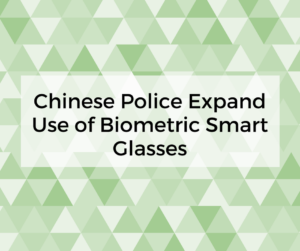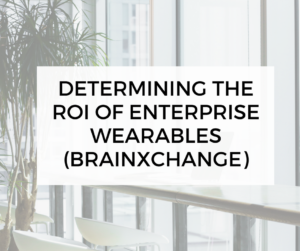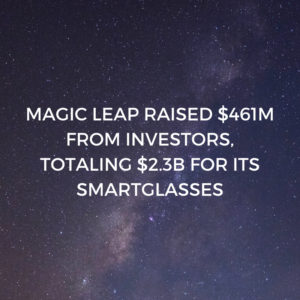Medical Uses for AR Technology

The leading distributor of medical supplies, Medtree, has listed tech trends in medicine, and what they could lead to in future:
- Drones – their delivery of medical supplies is saving lives in countries with lack of roads, medicine, and poor access to hospitals. Zipline, pioneer of the first national drone delivery network in Rwanda, has made almost 1000 drops of blood in life-or-death situations.
- Augmented Reality – Touch Surgery, one of the latest pioneers of the AR trend, are developing Go Surgery, which provides medical experts with step-by-step guides to certain surgery procedures, projected holographically onto a screen. It can be used to train medics on detailed aspects of surgery.
- Clinical Skills App – designed by Medtree, this free programme allows clinicians to record skills and clinical interventions. The app enables easy documentation of airway interventions, wound management, drug administration, etc.
- MelaFind – this is a non-invasive device that uses light to evaluate skin lesions up to 2.55m below the skin, and was a pioneer for this type of research. The QIMR Berghofer Medical Research Institute conducted the world’s largest skin cancer study in order to create a highly accurate online test to predict your likelihood of developing the disease, made available earlier this month.
- Partnerships – Google partnered with Calico (a unit made to tackle the challenge of ageing and disease associated with this) in 2013. Two years later, the organisations merged to try ‘stop’ the ageing process; an experimental drug compound, P7C3, has been developed as a result, with the potential to be used to treat Alzheimer’s and other neurodegenerative diseases.
- 3D Printing – this market is expected to expand by 17.5% between 2017 and 2025, being mainly driven by industry including healthcare. The technology can be used for implants, instrumentation, and external prostheses. Tissue engineering is currently under development, therefore is the newest practice for 3D printing.
- Virtual Reality Games – the first platform for healthcare is AppliedVR, which offers patients an escape from chronic pain stress and surgical recovery. Guided Relaxation, the first product created by Cedars-Sini Medical Centre’s partnership with medical academics and psychologists, allows patients to relax with mindfulness exercises.
- Healthcare Robots – P&S Market Research have predicted that the global personal robot market will reach $34.1 billion by 2022. An in-home healthcare robot has been developed by Pillo Health and Orbita, which combines AI and voice technology, for hope of release in Q4 of this year to reduce inefficiencies in healthcare.
- Digital Stethoscopes – these offer features such as audio recording and sound amplification to improve accuracy of diagnosis. Eko Devices have produces the DUO, a combined electronic stethoscope and EKG that allows insights into cardiac function by working in conjunction with the mobile app.








